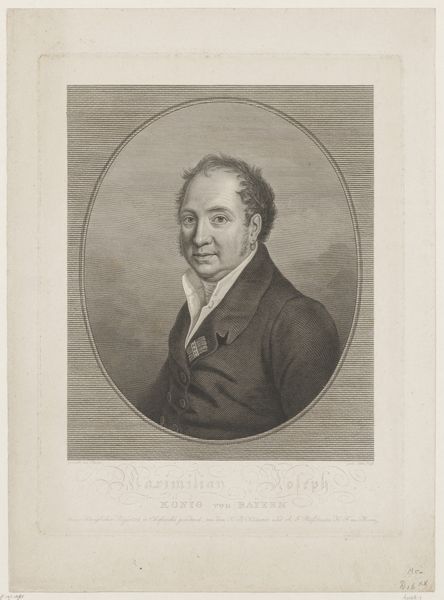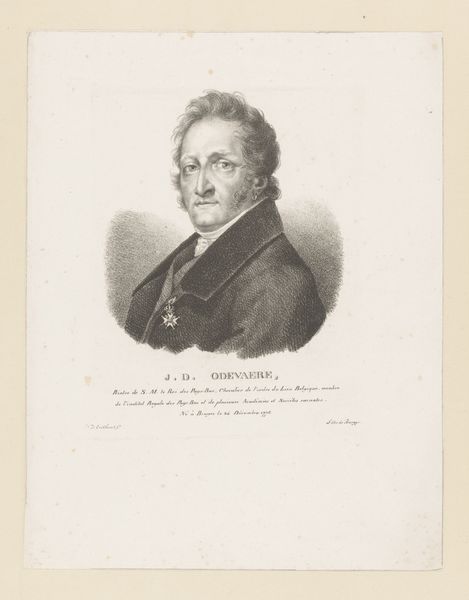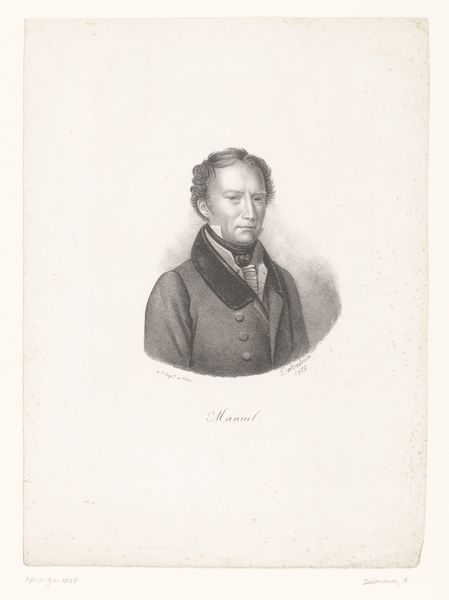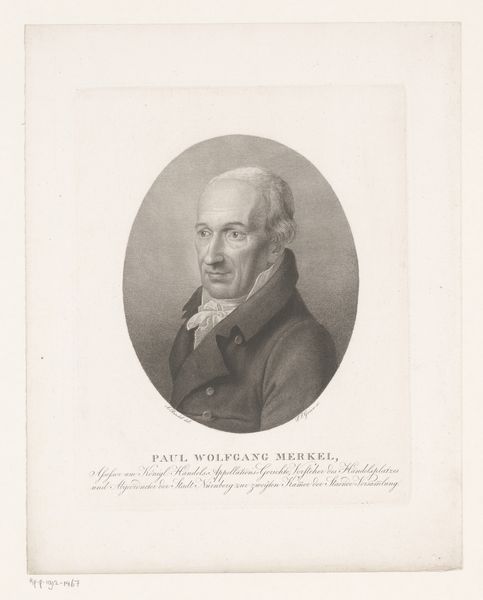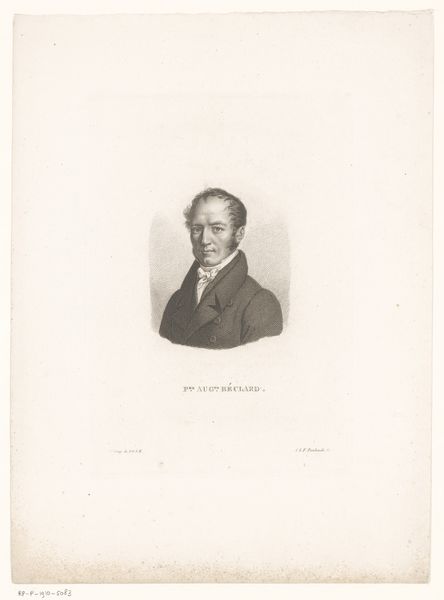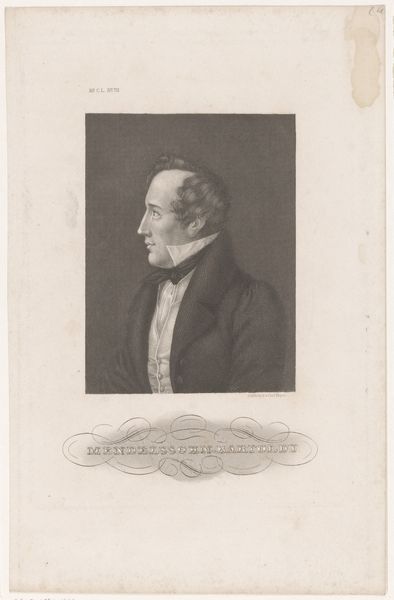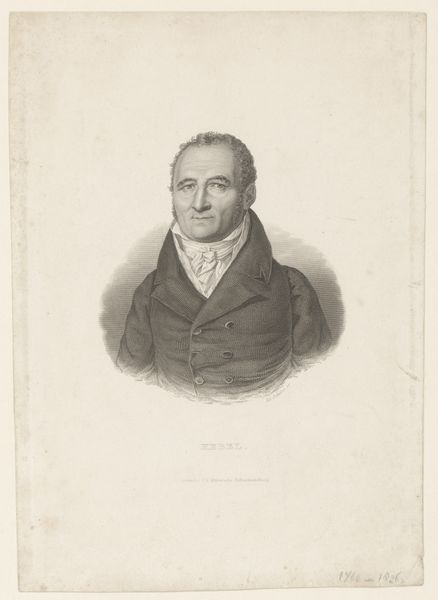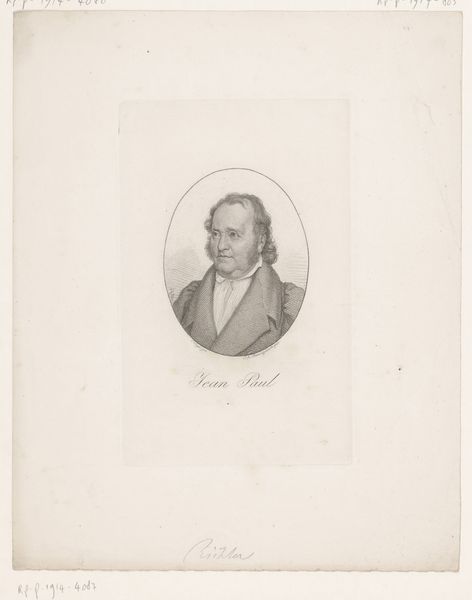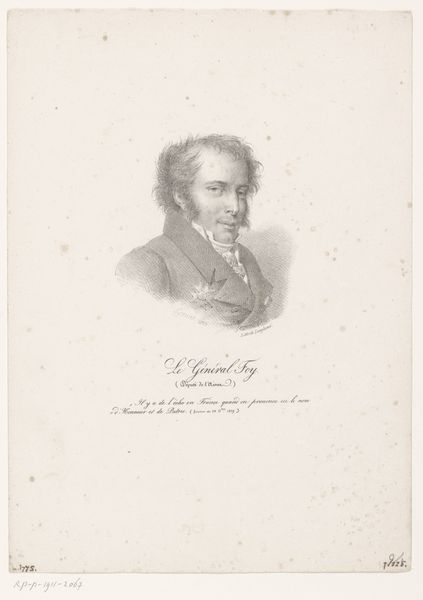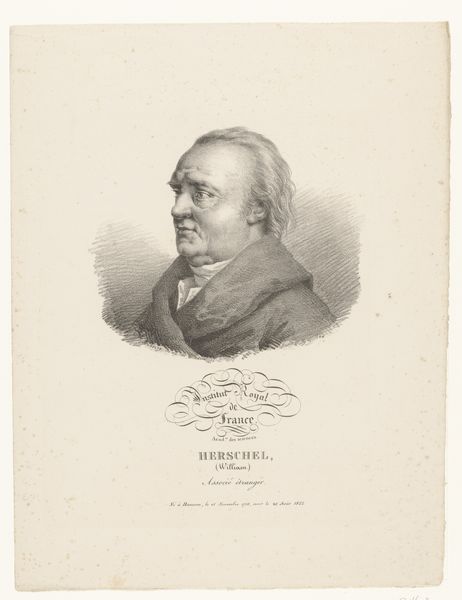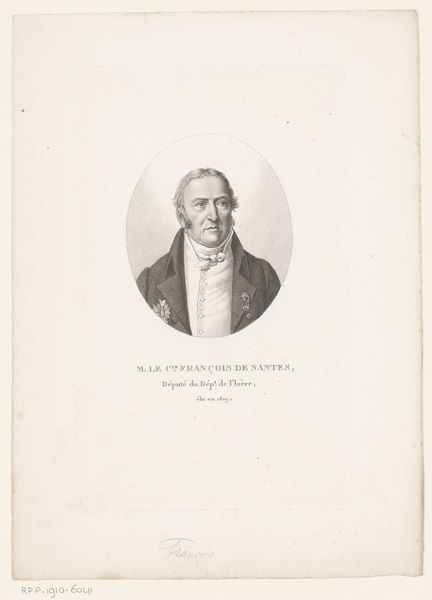
print, engraving
#
portrait
#
neoclacissism
# print
#
old engraving style
#
history-painting
#
engraving
#
realism
Dimensions: height 448 mm, width 316 mm
Copyright: Rijks Museum: Open Domain
Editor: This is a print titled "Portret van koning Maximiliaan I Jozef van Beieren," dating from 1770 to 1848, by Nicolas Schencker. It’s an engraving, and the figure has a stern, stately presence. I’m curious, what does this portrait tell you about the era in which it was created? Curator: Beyond just a representation of Maximilian I Joseph, King of Bavaria, it reflects the socio-political currents of its time. Neoclassicism, the artistic movement it aligns with, often served to legitimize power through references to the perceived order and reason of the Roman Empire. Editor: So, it's more than just a likeness? Curator: Precisely. Consider the context: royalty employing artistic movements to visually reinforce their authority. This image participates in a narrative—one where power seeks validation through historical association. And look at the engraving itself. It democratizes the image of power. Printmaking allows for wider circulation, shaping public perception of the King beyond the elite circles who commissioned grand paintings. Do you think the accessibility of the medium influenced the image's reception? Editor: That's a great point! The mass production of the image through printmaking makes the King more visible and possibly more relatable to a broader population. But does the idealised Neoclassical style complicate this accessibility? Curator: Absolutely. The tension between mass distribution and an aesthetic that elevates and idealizes is a crucial dynamic. This speaks to the negotiation between projecting power and cultivating a sense of connection with the populace. What does it tell us when power makes itself both visible and seemingly attainable, yet remains within a highly constructed artistic framework? Editor: I see! So, the image operates on multiple levels, conveying both power and accessibility, but always within a carefully constructed context. Thank you; I never thought about it that way. Curator: And I hadn't considered how engraving might imply a subtle negotiation of power, democratizing it but keeping its distance. Avenues for future consideration indeed!
Comments
No comments
Be the first to comment and join the conversation on the ultimate creative platform.
